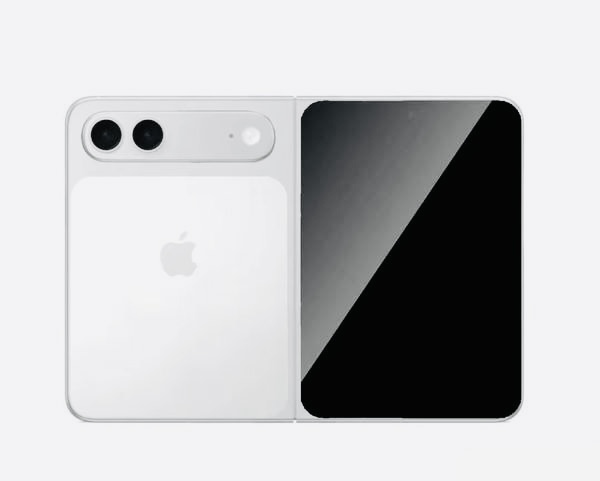Although CDs are mainly made of polycarbonate, they contain a thin layer of reflective foil. Most CDs have aluminum foil, but some use gold.
Because thin layers of gold are also used in flexible biosensors attached to the skin, scientists at Binghamton University in New York wondered whether the gold in the discs could be used for this purpose.
Under the guidance of graduate student Matthew Brown and Associate Professor Ahion Koch, they developed a method in which gold CDs are first soaked in acetone for 90 seconds, which destroys the polycarbonate, weakening the bond between it and the foil, and then developing a polyimide layer. adhesive tape was applied to the foil, then the foil and gold were peeled off the polycarbonate.
Using a commercially available tissue cutter, the gold foil and tape backing were cut into flexible circuits that can be repeatedly applied to and removed from human skin. Along with other electronics, these biosensors can be used to monitor the electrical activity of the user’s heart and muscles, as well as measure lactose, glucose, pH and oxygen levels. All data can be transferred to a smartphone via Bluetooth.
The entire fabrication process reportedly takes only 20-30 minutes, requires no expensive equipment, and costs around $1.50 per sensor.
Source: Ferra










